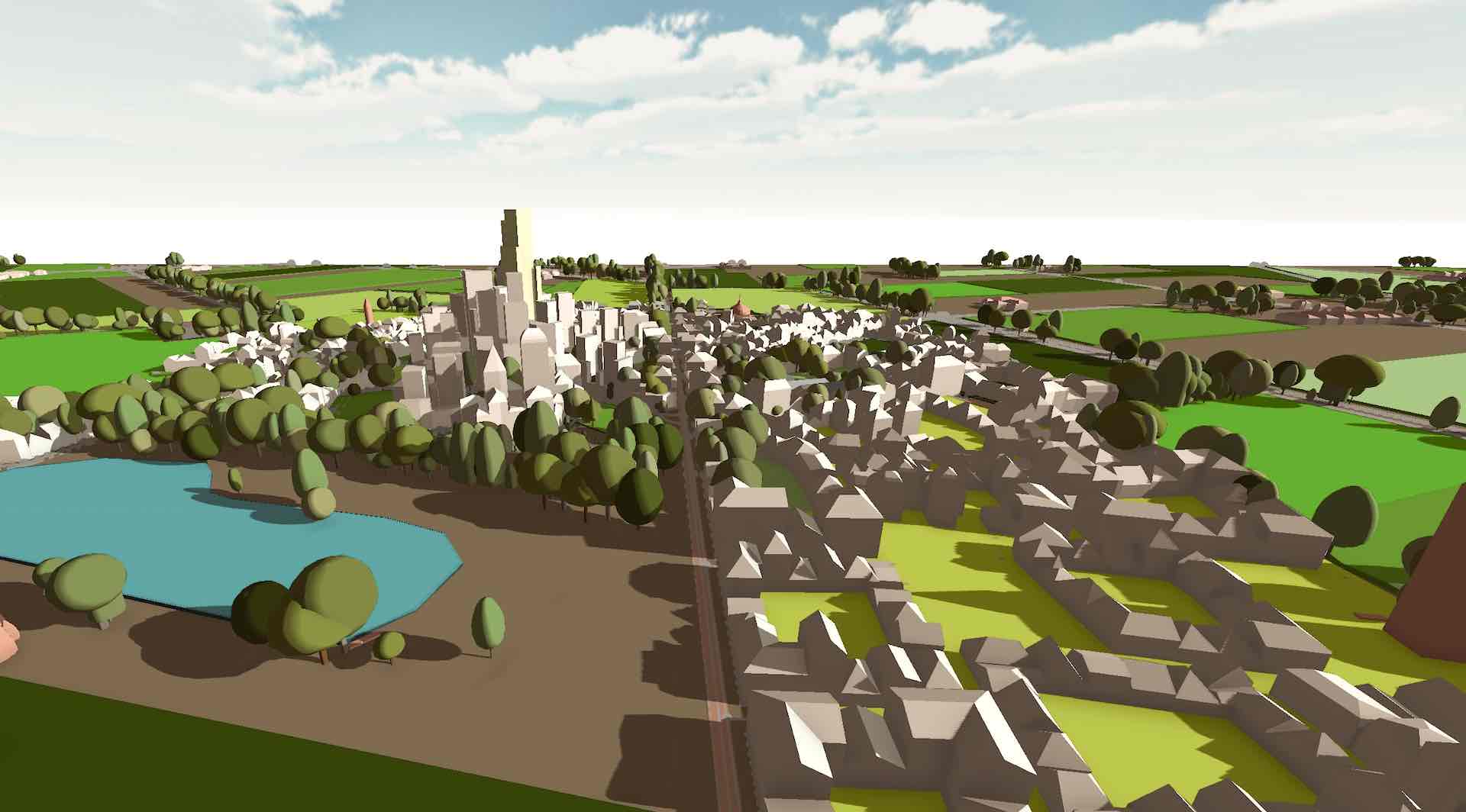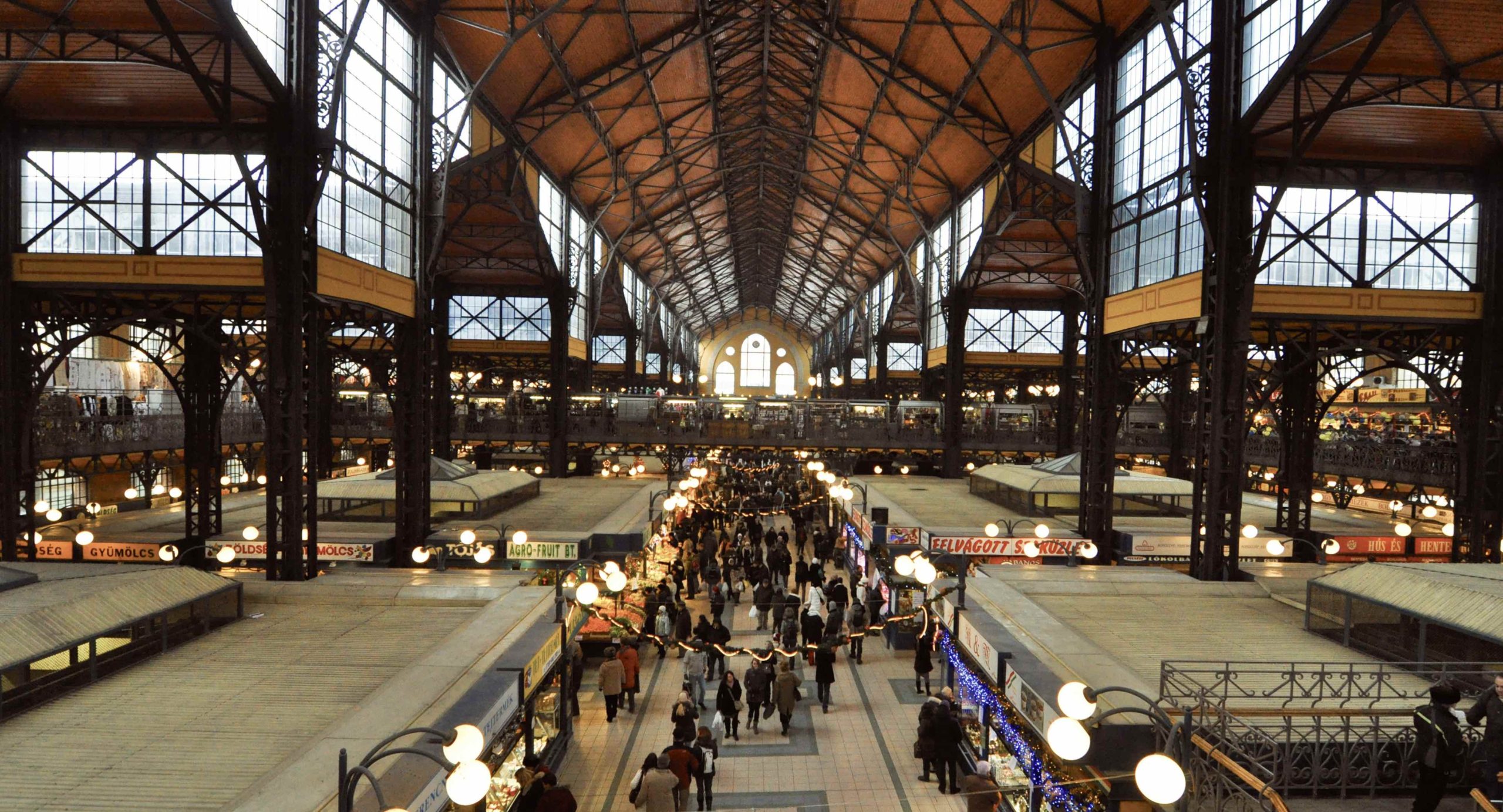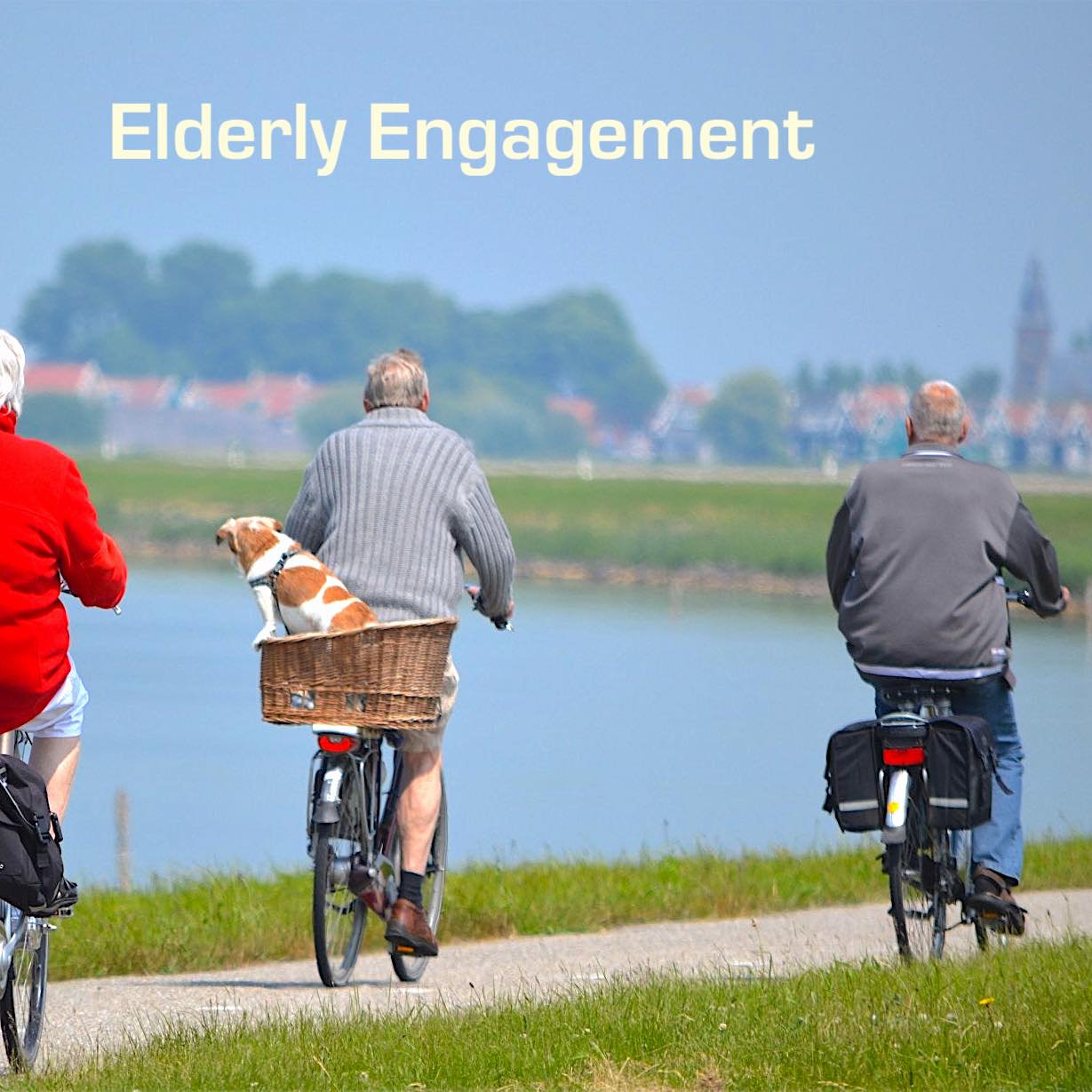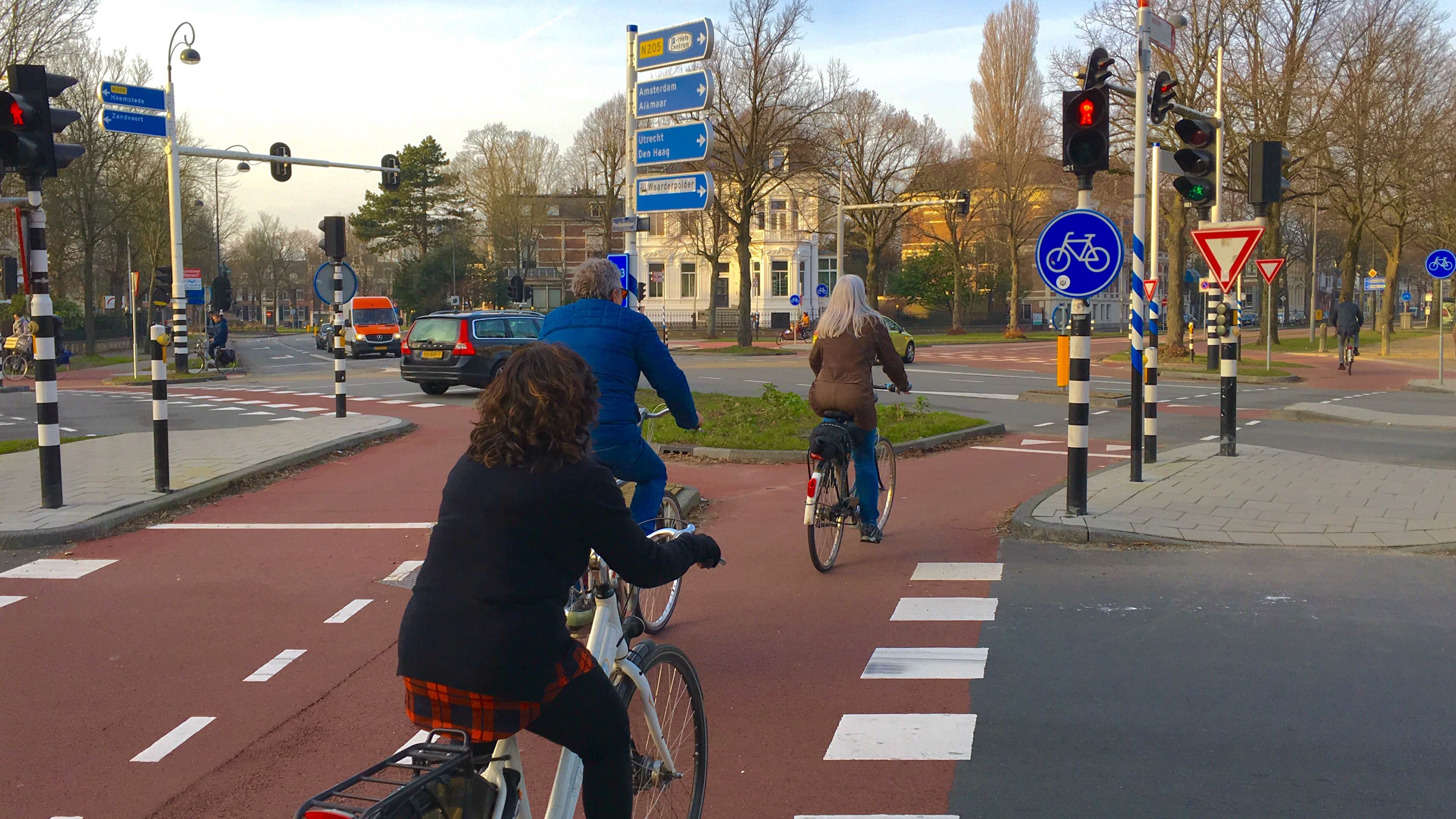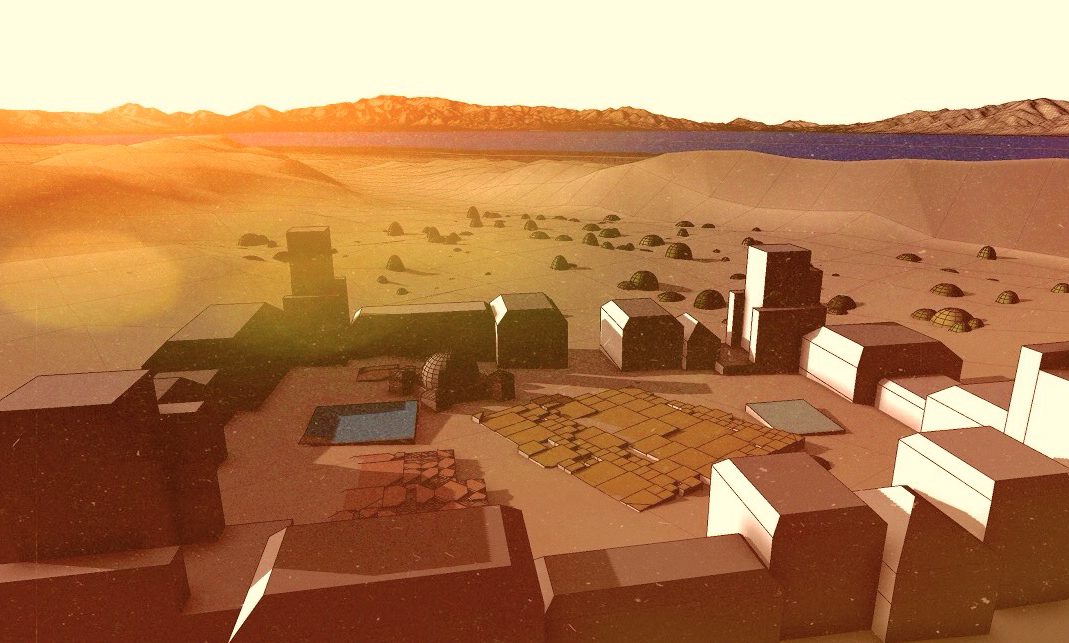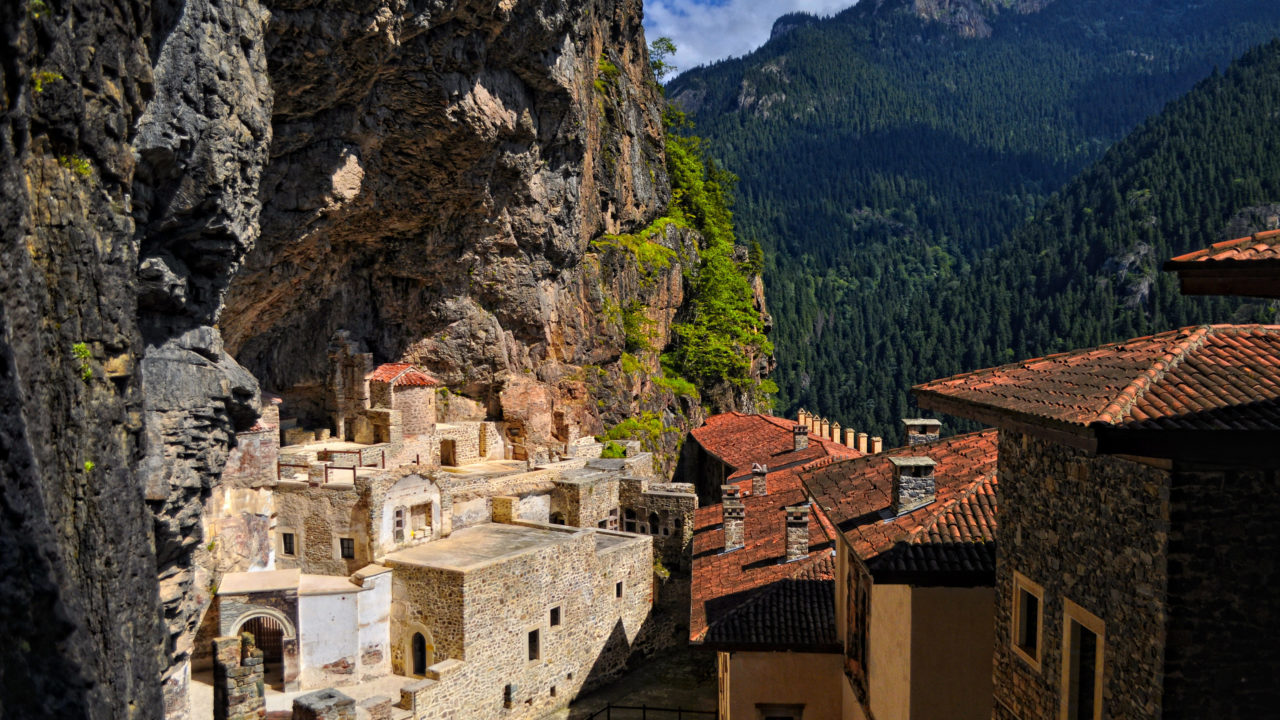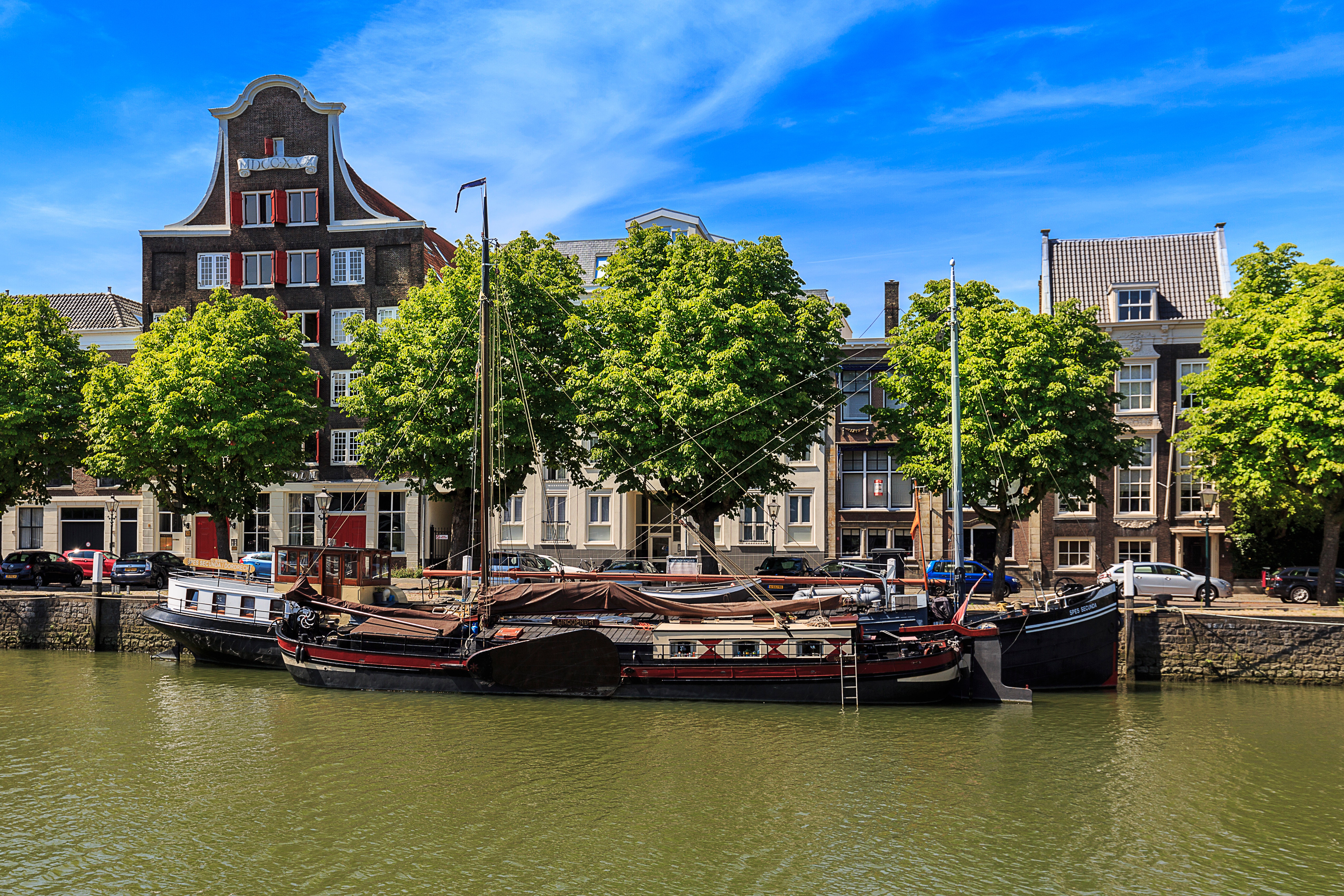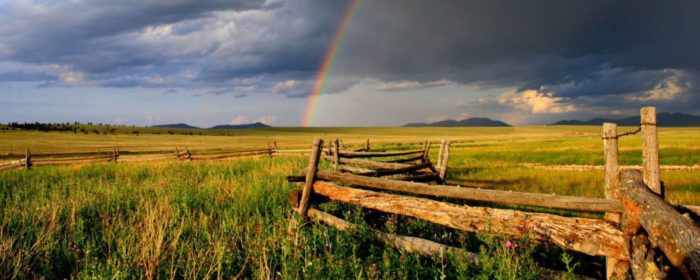Market halls made up of many different stalls under one roof are a nice local complement to supermarkets. Each stall has a history and special expertise in their niche, whether local products, international delicacies, or hot food prepared on the spot.
Conservation of Farmland
Land that is good for farming is also attractive for building on. However, historically-scaled, ultra-compact places use only a tiny amount of the terrain compared to sprawl. The precious, fertile countryside is protected rather than consumed.
Elderly Engagement
Everyone benefits if old folks are integrated and celebrated rather than isolated and segregated. Ultra-compact living makes ageing in place stress-free and simple. Slow and narrow streets are perfect for a rich social life, with walking, e-trikes and mobility scooters.
Cyclocroft FAQ
A recent Forbes article about our hypothetical Cyclocroft Property Experiment has generated some great conversations, along with some excellent questions, which we’d like to answer here:
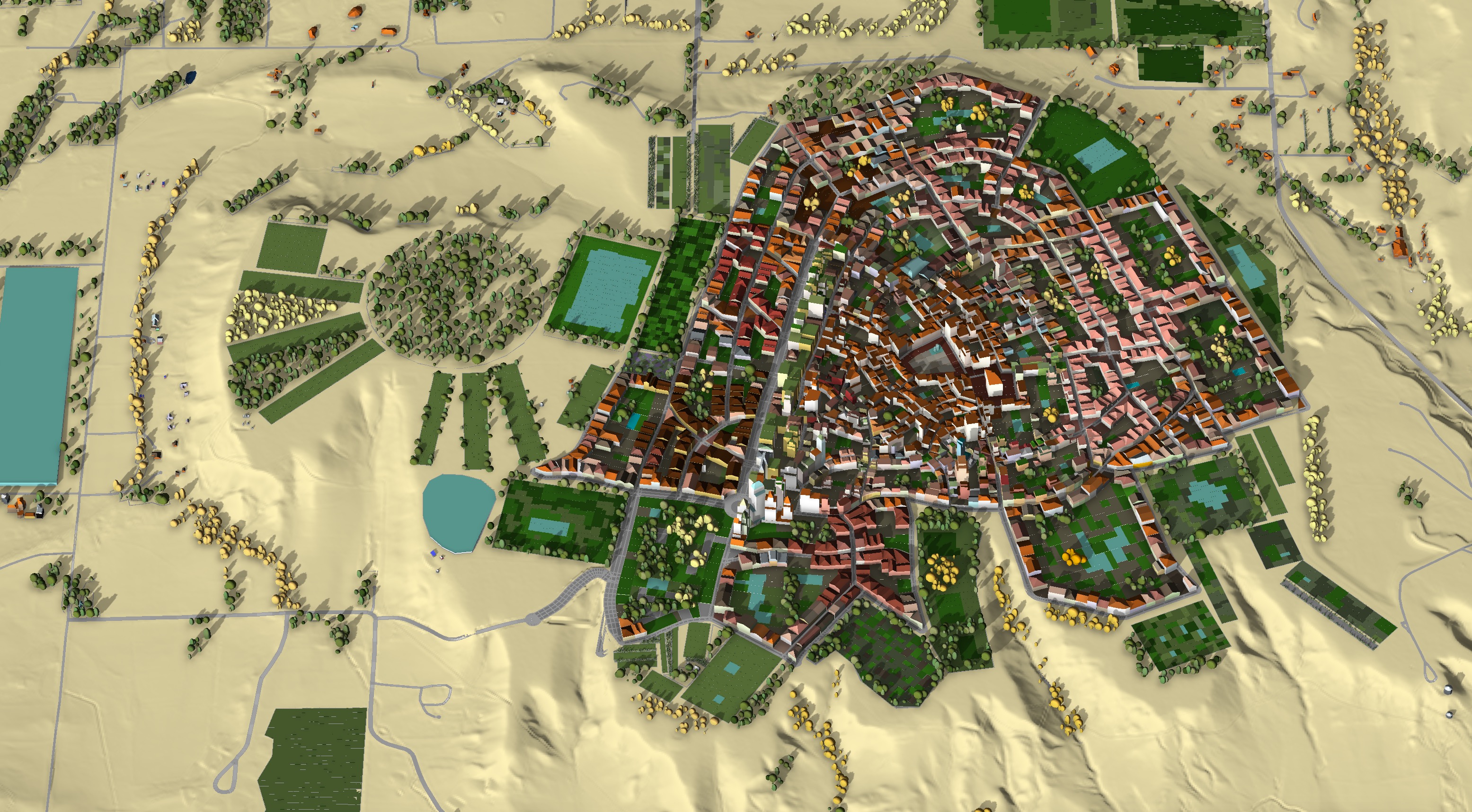
Do you really mean that cars would be banned?
‘Car-free’ refers to the day-to-day lifestyle in Cyclocroft and how the close proximity allows people to walk or cycle for everything they need. And when people want to head out of town to Denver, for example, carshare or high-frequency, affordable transit will be available. But cycling and walking will serve for most of local daily life, like in the Netherlands.
‘Car-lite’ is maybe a more accurate term. Cars will be limited to a few streets around the periphery of the town. But even then, they will be strictly limited to 10-15mph–as slow as a bike or slower. We’ll enforce this slow speed by curving the streets, not using a center line, using brick and cobble street surfaces, and using curbs, bump-outs, and other large street features that limit motor vehicle speed.
In the narrow streets in the center of town, pedestrians and cyclists will be the exclusive users and have access at all times. Motor vehicle access into town will be restricted by retractable bollards.
Those who still want to maintain their own private vehicles will be able to lease space in large underground garages that can be entered at the edge of the town.
For visitors who come to Cyclocroft by car, they’ll happily pay to park in the underground garages at the edge in exchange for the pleasure of being able to explore such a calming and lovely place where street sounds are made up of the laughter of children and the music of buskers, instead of car horns, engine noise, and tire hum.
What will the transport connections be like?
Intersections That Help
Helping pedestrians, cyclists, and motorists to mix easily and automatically at larger intersections reduces stress and makes them safe.
Instead of exclusively relying on signs, stripes, and traffic lights, design it into the streetscape with islands, height differences, and varied surface colors and textures–asphalt smooth for faster, brick cobbled for slower.
Atmospherically Catalyzed Memories
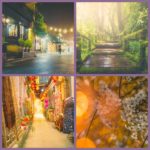
Memories are treasured and indelibly seared through vivid impressions. The atmospherics of a place–all misty and backlit with bokeh–are one of the recurring catalysts that help people experience their lives with immediacy and intensity.
Public Benches on Shady Streets
Under the coastal equatorial sun, Lamu Island, Kenya’s 3-6 story coralstone townhomes front shady, alley-like streets. Traditional Swahili neighborliness prescribes public vestibules with benches at entrances to their homes, where all are welcome to sit and chill.
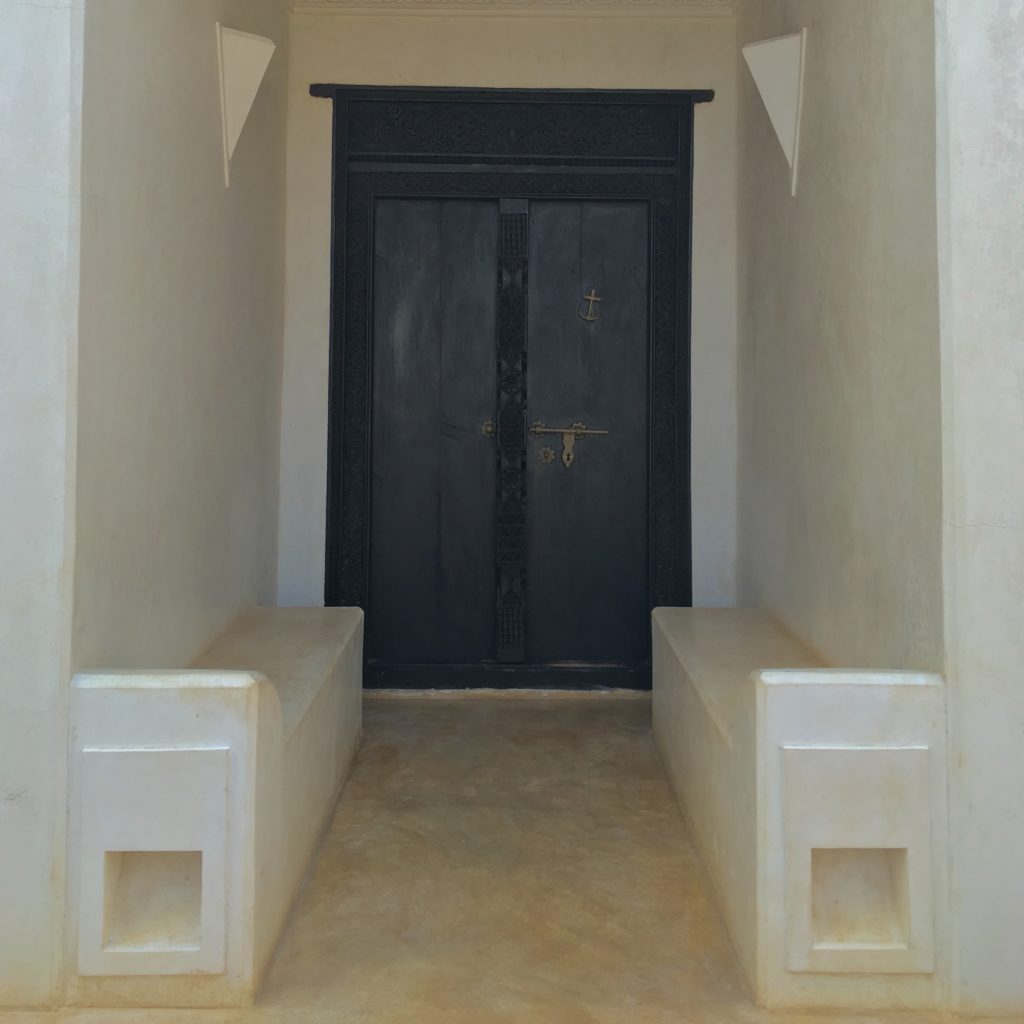
5,000 Free B4place Images
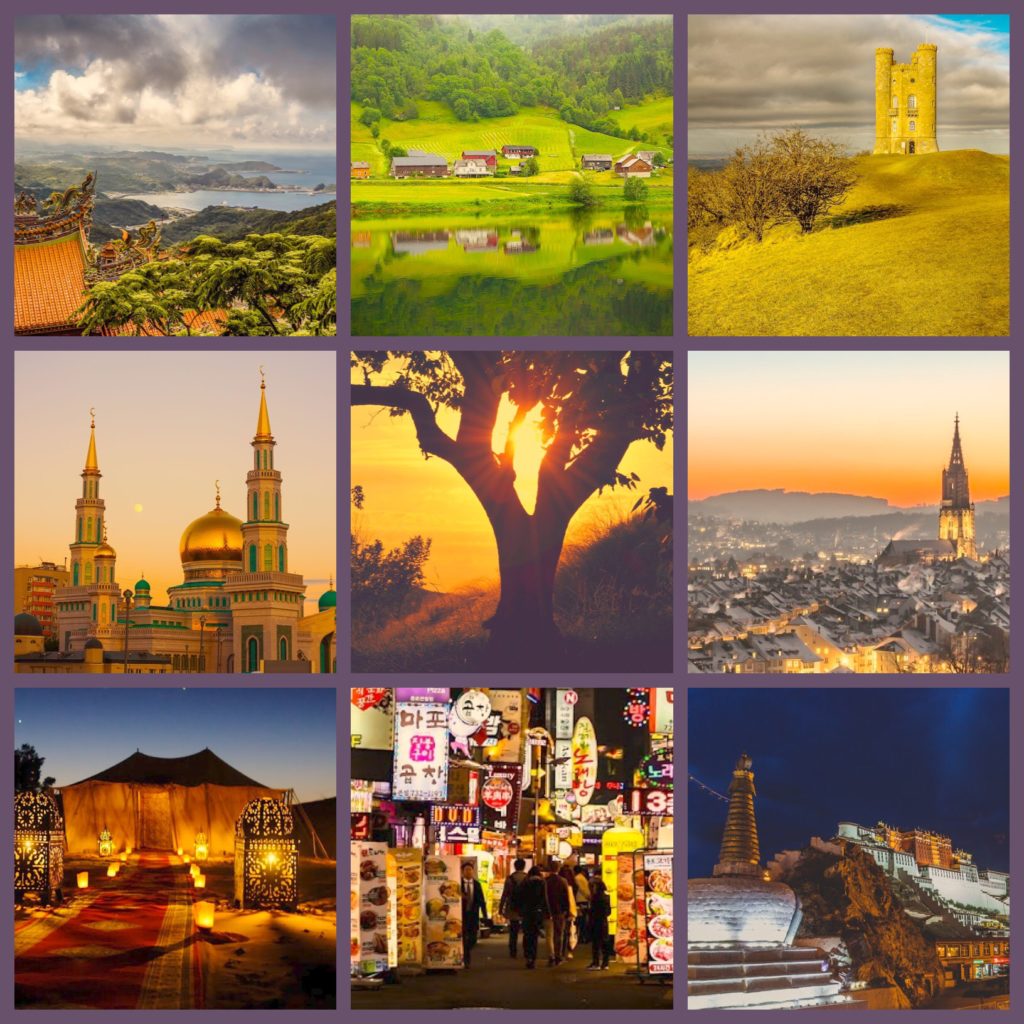
We’ve added our 5,000th photo celebrating enduring places and culture to the B4place media galleries! As always, all of our images are free to use under the Creative Commons Zero (CC0) license for your projects, campaigns, or whatever you want.
The Town That Facebook Built
Despite Facebook’s turn as a tool of the empire, this video tells the story of their experiments in office park and urban design.
Ultimately, though, we’ve gotta give them credit for pushing Silicon Valley well outside its car-park comfort zone to offer a pedestrian pocket of productivity in a sea of some of the most banal, soul-crushing, suburban wastelands around.
We cheer Facebook’s human-scale building strategies, while still reminding everyone that Frank Gehry’s industrial modernism is best when used sparingly. It should be seen as filling in between an existing historic urban fabric. But this is California after all, so even doing as much as they have is a true miracle.
The upcoming Willow Campus residential-focused, vertical mixed-use development earns 4 out of 5 B4place stars for pushing so hard, when most of their contemporaries are still contributing to the sprawl.
Brick Lanes and Bikes
The everyday use of bicycles is a great indicator of successful places. Among other things, they act as a speed buffer between slow pedestrians and fast motorized vehicles. Cobblestone and brick-paved streets are the best surface for slow-speed multimodal zones.
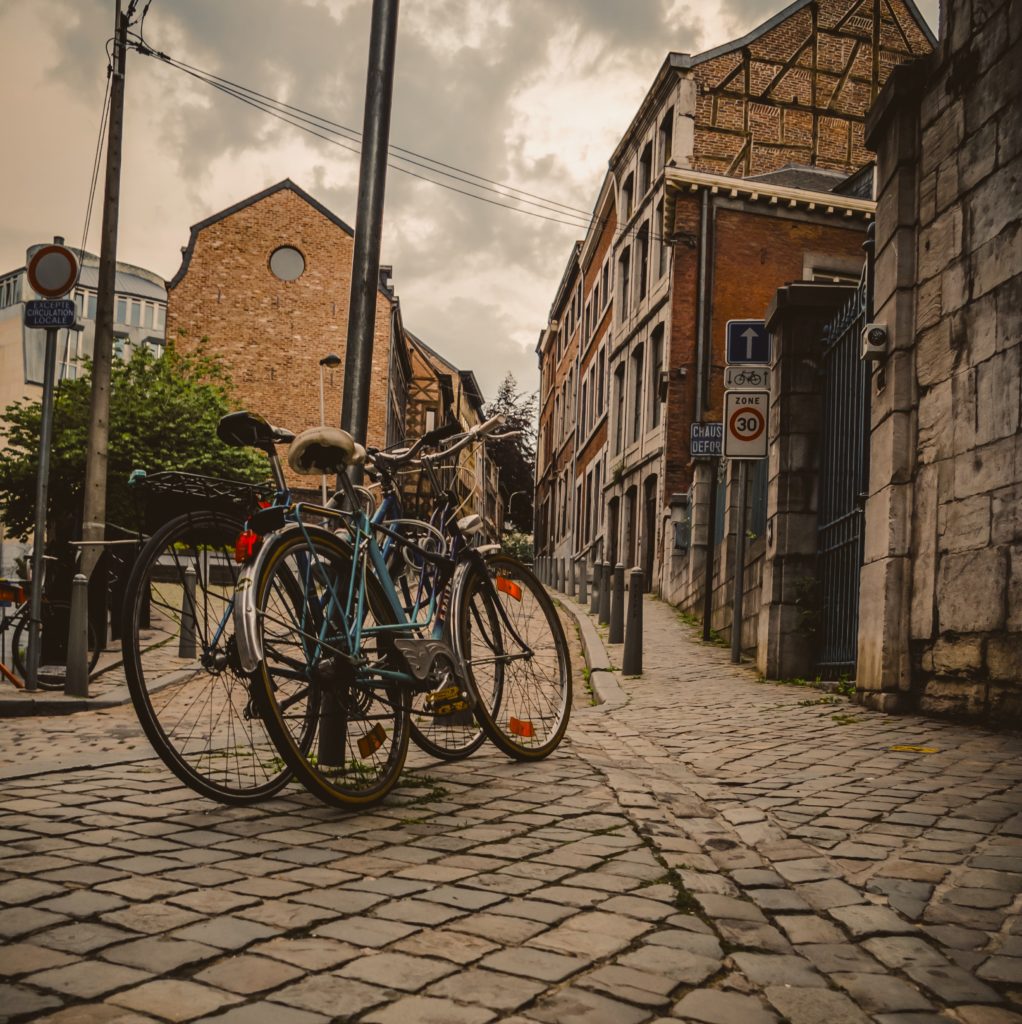
Mountain Hamlet
Hamlets, the smallest urban form, can be situated in challenging circumstances, like clinging to a rock face deep in the forested mountains. And well-designed compact hamlets can even have all the charm and dynamism of larger villages, towns, or cities.
Cantilever Veranda
The cantilever roof of this shaded veranda allows for an unobstructed view. Our motivation for shelter is not only protection from from the wind, rain and cold, but also to find relief from the intense sun.
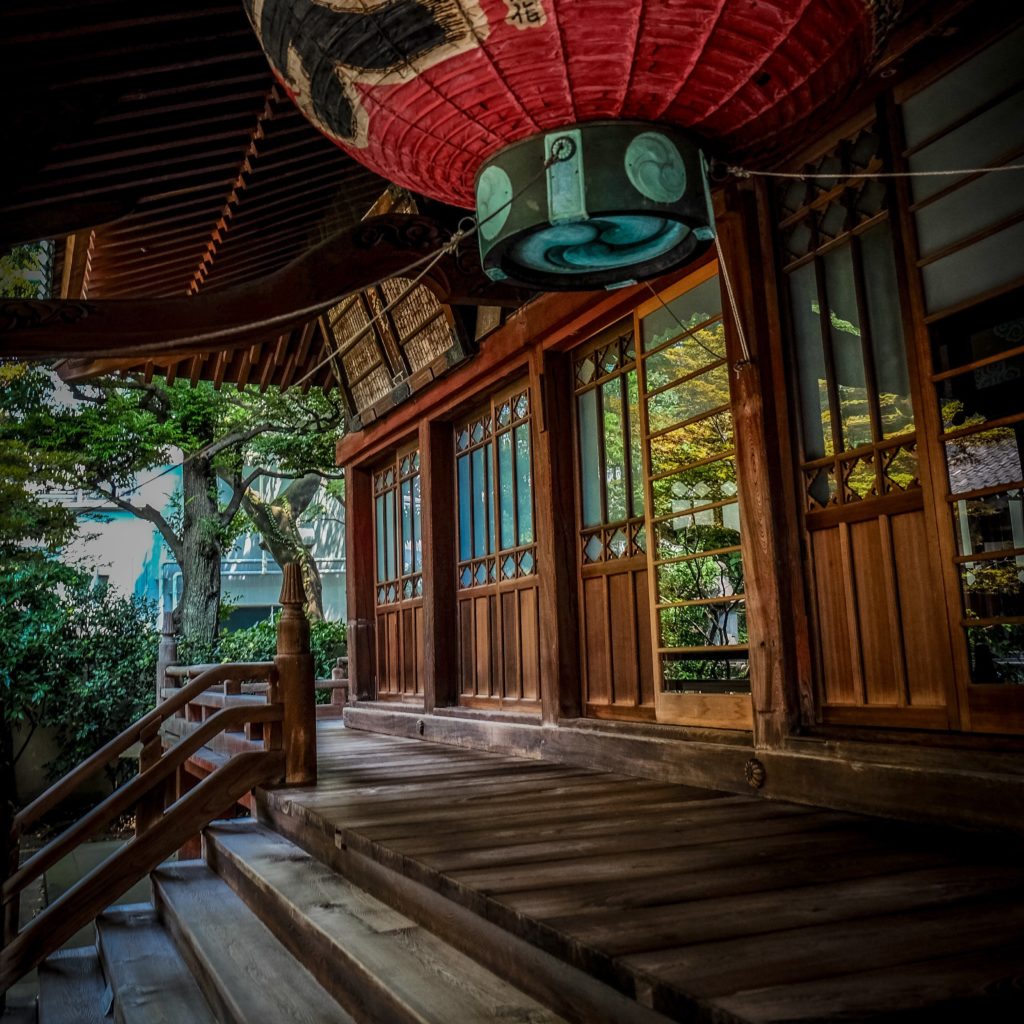
Canal-Side Terrace Houses
These terrace houses front a brick-paved quay, where the cars are naturally slow due to the compact street and the risk of driving into the canal. This place is a multimodal powerhouse with historic canal boats and the pedestrian-bike-scooter friendly street.
Rural Pre-Viz Series
We’re collecting plans and renderings of exemplary compact rural developments. These will include computer-generated and traditional illustrations.
Here’s a sampling from Driehaus Competition, Cities: Skylines, Dennis R. Holloway Architect, and Starr Sanford Design:
See the full article here.
Ed Roberson, Ranch Broker and Blogcaster
Here at B4place, we’re inspired by the work people are doing in ecological/agricultural conservation and rural development. One of them is Ed Roberson, a ranch broker and blogcaster.
He runs a beautiful website, Mountain & Prairie, featuring articles and podcasts about rural conservation, history, and adventures in the American West.
Ed talks with fascinating characters including artists, entrepreneurs, and ranchers, all focused on the rural west’s survival and development.
His interviews cover a wide range of interesting topics, from grassland restoration to filmmaking to impact investing. And his detailed timeline index and extensive reference links at the bottom of each podcast are much appreciated and so user friendly!
Here’s just a sampling of some of Ed’s podcasts:
Pat O’Toole, Owner/Operator of Ladder Ranch
The Salisburys established the Ladder Ranch in 1881 on the Wyoming/Colorado border. For six generations they’ve been leaders in holistic range management. Pat, the current patriarch, tells his story of coming from the East Coast to join this remarkable family.
Pat’s Interview, Six Generations of Balanced Ranch Stewardship
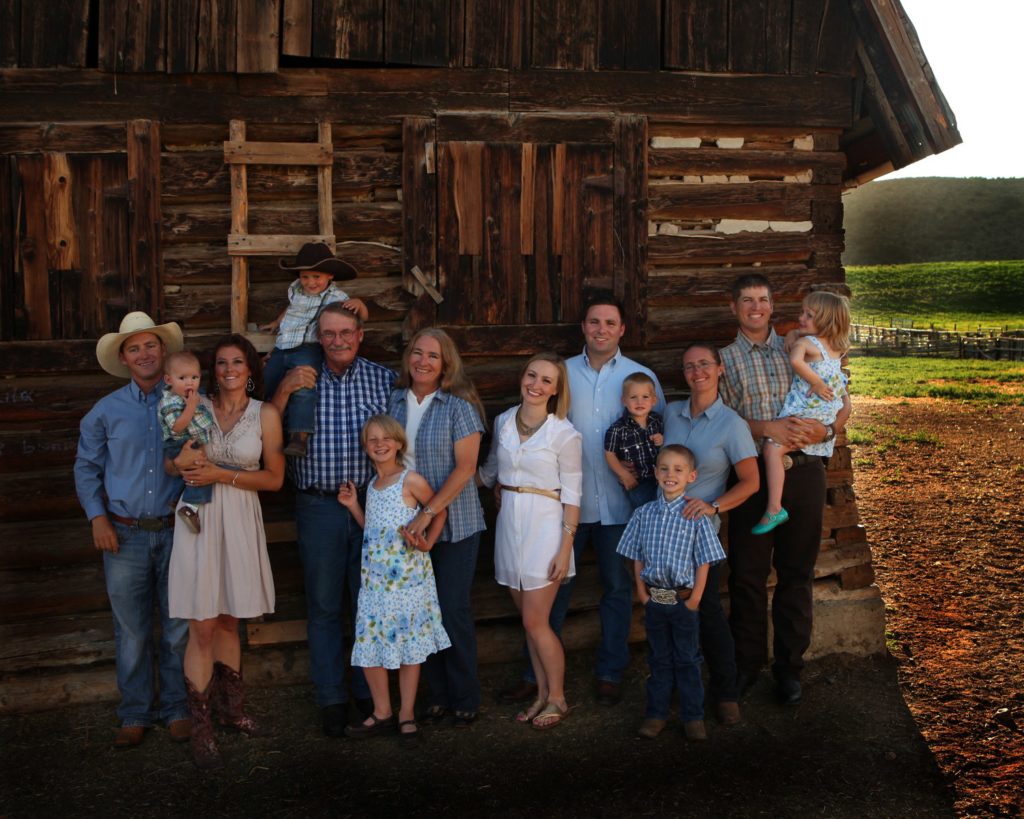
Larry Yaw, Aspen, Colorado-Based Architect to the Stars
Larry describes the influence of world travel on his modernist architecture and conservation-focused design. Growing up in rural Montana gave him an appreciation of the utilitarian nature of ranch buildings.
Larry’s interview, Creating a Sense of Place in the New West
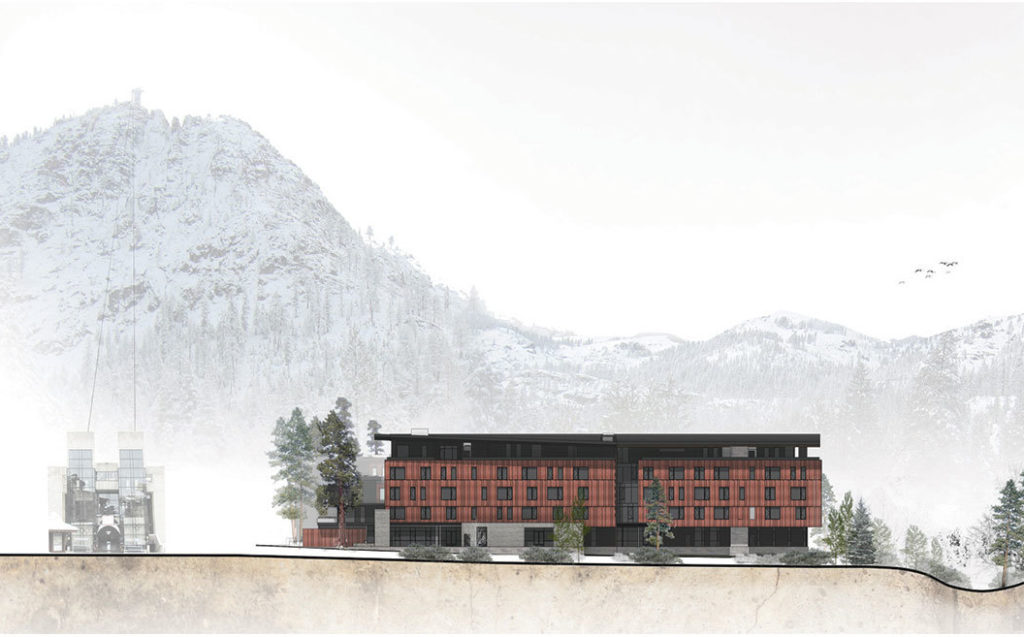
Mark Maggiori, Artist and Filmmaker
In 2010, Mark came from France to America to make a film in Arizona, and he fell in love with the lifestyle and landscape of the West. Inspired by Frederic Remington’s art, he started painting scenes of cowboys, big skies, and Native Americans.
Mark’s interview, A Fresh View of the American West
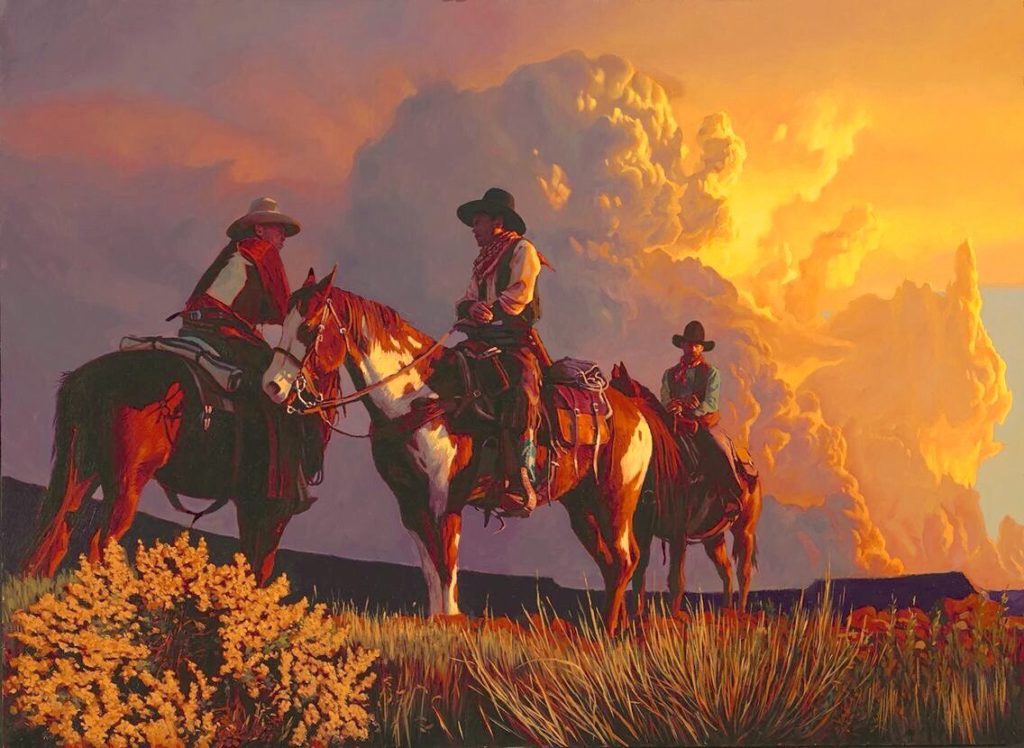
Jim Howell, Founder and CEO of Grasslands, LLC
Jim is a leading expert in holistic range management who co-founded the Savory Institute with Allan Savory. He talks about the challenges with the intellectual side of holistic animal grazing, and the impact of his world travels on his life mission.
Jim’s interview, Conserving and Restoring the World’s Grasslands
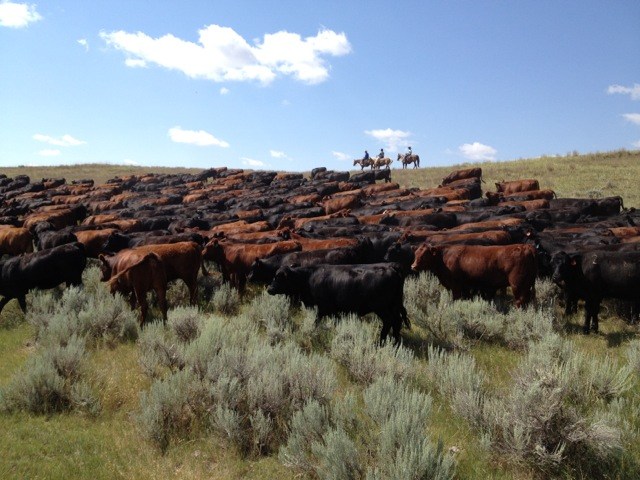
The friendly and low-key nature of Ed’s conversations are refreshing, while also being informative and inspiring.
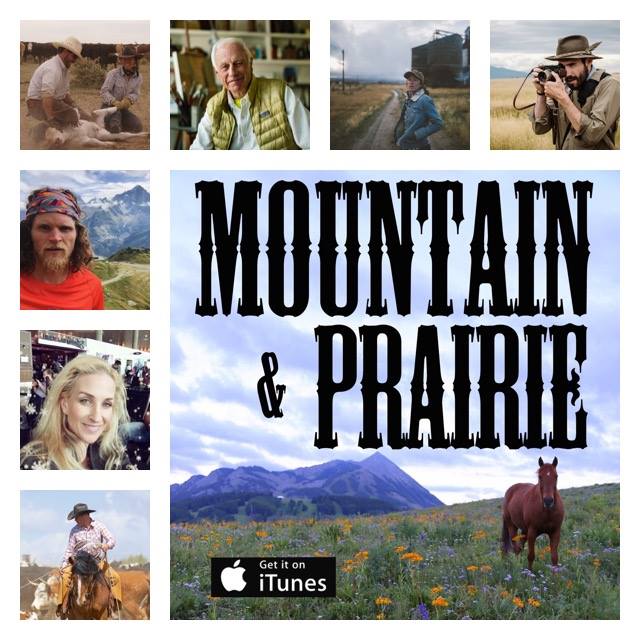
Welcome to B4place
‘Listen to that train whistle in the distance. That’s such a lonely sound…but that’s us. That’s America. Maybe the loneliest people on the face of the earth. We had to have a log cabin or sod hut–our personal castle in the great wide open.
They said we had to be rugged and individual. And anyone who couldn’t make it on their own was someone to be pitied. We had to give up the old for the always new, inventive and industrious…but what a painful price we’ve had to pay to end up like this. What a painful price, in poverty, hardship and loneliness.’
– paraphrased from Centennial by James Michener
In this quote, the profound structural loneliness of the American condition is laid bare. In our paraphrasing of Michener’s haunting eulogy to manifest destiny, we amplify his message about our fundamental challenge–that we have paid so much for such little shared wealth and so few enduring places.
B4place helps create places that leverage the effect that good old-fashioned proximity has on economic, social, and environmental success. And we’re fierce defenders of countryside conservation by focusing on engineering compact, enduring places.
Through our Property Experiments, we explore the opportunities and practicalities of developing unique and beautiful places.
Drop us a note at info@b4place.com if you have any comments, or know of inspiring uses of historic urbanism, rural conservation, or economic development from around the world.
We look forward to sharing everything we find with all of you.
–Tara Ross and John Giusto
